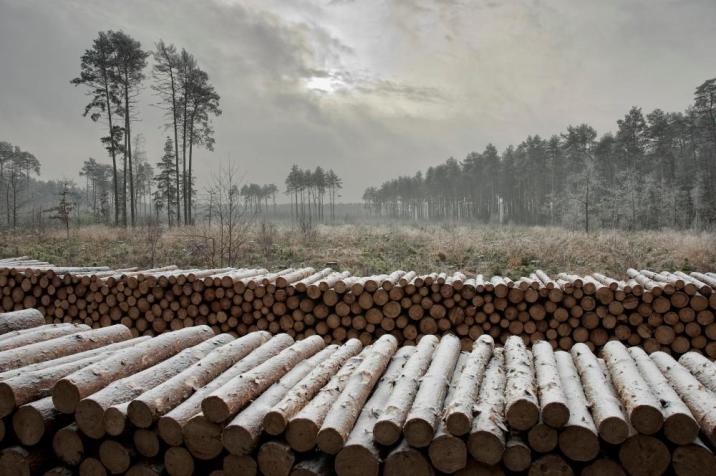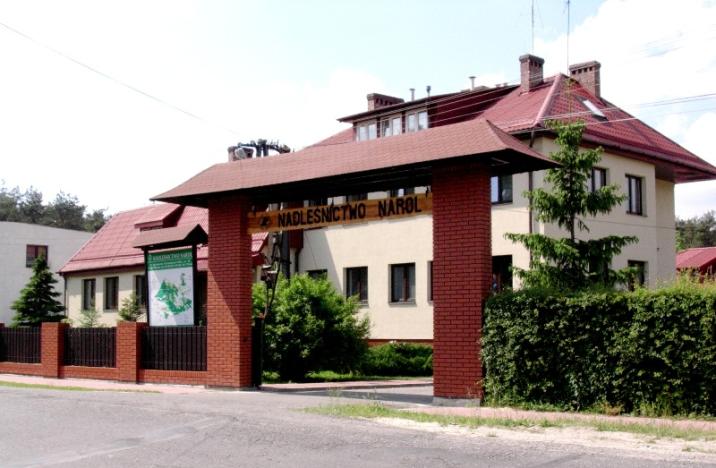 Asset Publisher
Asset Publisher
Sale conditions
Sale conditions of wood are specified by the regulation of Director – General of the Sate Forests.
Within the framework of the individual sale , the foresters try to meet the fast growing demand, because more and more people use wood in order to heat their houses. Contrary to general opinion, these are not only village people, even though they prevail among recipients. The growth of firewood demand is the result of occurrence of new housing estates built in the suburbs of large agglomerations, where houses are usually equipped in fireplace heating installations.
Firewood is not only the most ecological heat source, but also is much more attractive in respect of relation of price and electric efficiency, rather than cola, oil, gas or electric power.
In recent years, the Sate Forests increased the sale of firewood of one third – up to over 4 million cubic meters annually. Firewood is not only the most ecological heat source, but also is much more attractive in respect of relation of price and electric efficiency, rather than cola, oil, gas or electric power. Some of customers choose already prepared and cut into pieces wood, the others very willingly obtain it by themselves after arranging all details and fulfilling particular safety conditions, and after paying the fee; that concerns mainly so called "thinnings". Such a raw material is very cheap, that is why many people from village areas profit from such possibility.
 Asset Publisher
Asset Publisher
 Asset Publisher
Asset Publisher
Organizacja
Organizacja
Organizacja Lasów Państwowych, doskonalona przez dziesięciolecia, opiera się na zasadzie samofinansowania. Dzięki temu Lasy nie korzystają z pieniędzy podatników. Leśne jednostki działają na szczeblu ogólnokrajowym, regionalnym i lokalnym. Pracuje w nich łącznie blisko 25 tys. osób.
Państwowe Gospodarstwo Leśne Lasy Państwowe jest jednostką organizacyjną nieposiadającą osobowości prawnej. Podstawowym dokumentem dla PGL LP jest ustawa o lasach z 28 września 1991 r. Określa ona zasady prowadzenia gospodarki leśnej zarówno przez LP, jak i w lasach innych własności. Strukturę organizacji precyzuje jej statut, wydany zarządzeniem ministra środowiska z 1994 r.
Model zarządzania w Lasach Państwowych oparty jest na trzech szczeblach:
- Dyrektor Generalny LP powoływany jest przez Ministra Środowiska. Kieruje całą organizacją m.in. przez wydawanie zarządzeń i decyzji. Jego biuro stanowi Dyrekcja Generalna Lasów Państwowych – jednostka centralna. Organem doradczym dyrektora jest Kolegium Lasów Państwowych.
- Regionalne Dyrekcje LP (17). Do ich zadań należy przede wszystkim nadzór nad podległymi jednostkami, koordynacja działań na swoim terytorium.
- Nadleśnictwa (431). Prowadzą gospodarkę leśną na podstawie planu urządzenia lasu. Kierujący jednostką nadleśniczy odpowiada za stan lasu na swoim terenie. Nadleśnictwa dzielą się na leśnictwa.
Nadleśnictwo Narol gospodaruje na obszarze 15 929,84ha. Grunty Nadleśnictwa stanowią zasadniczo 4 duże (od 500 ha do ponad 2000 ha) oraz 59 małych kompleksów leśnych, rozciągających się na obszarze 356,14 km2. Długość zewnętrznych granic gruntów własności Skarbu Państwa w zarządzie Nadleśnictwa Narol wynosi 683,86 km.










